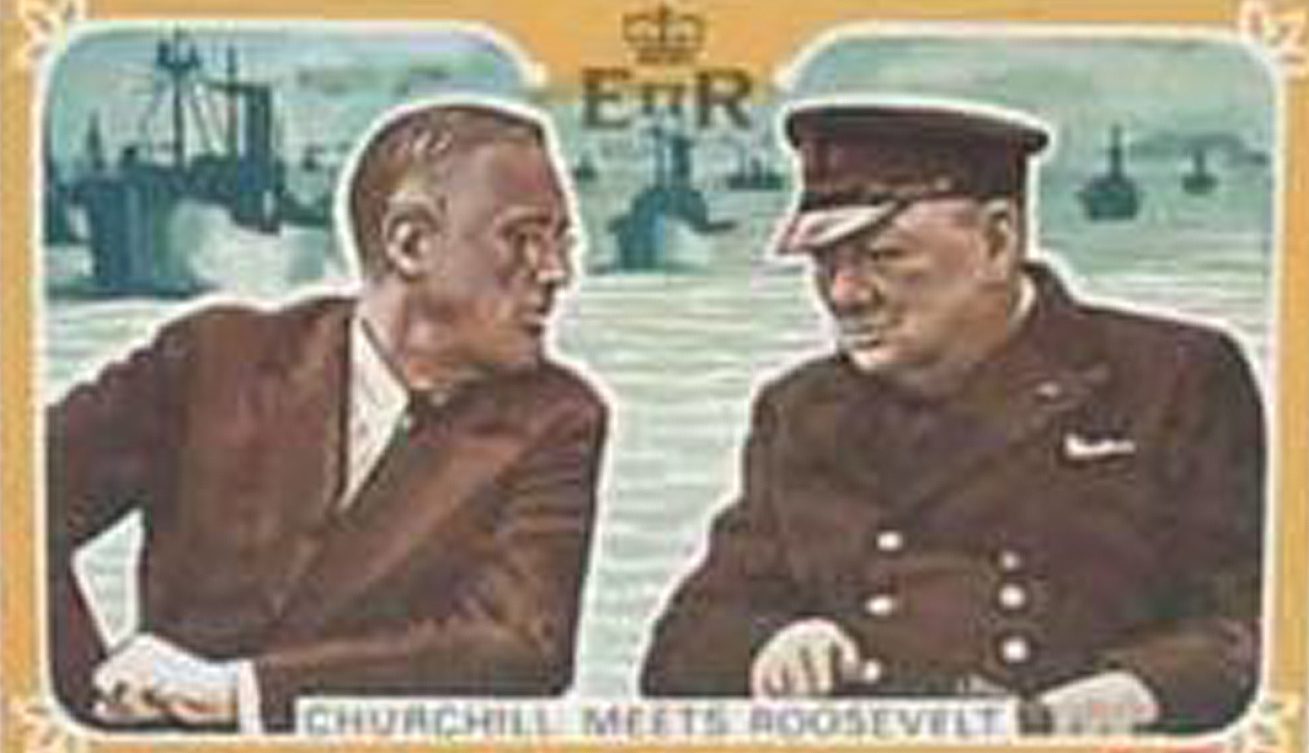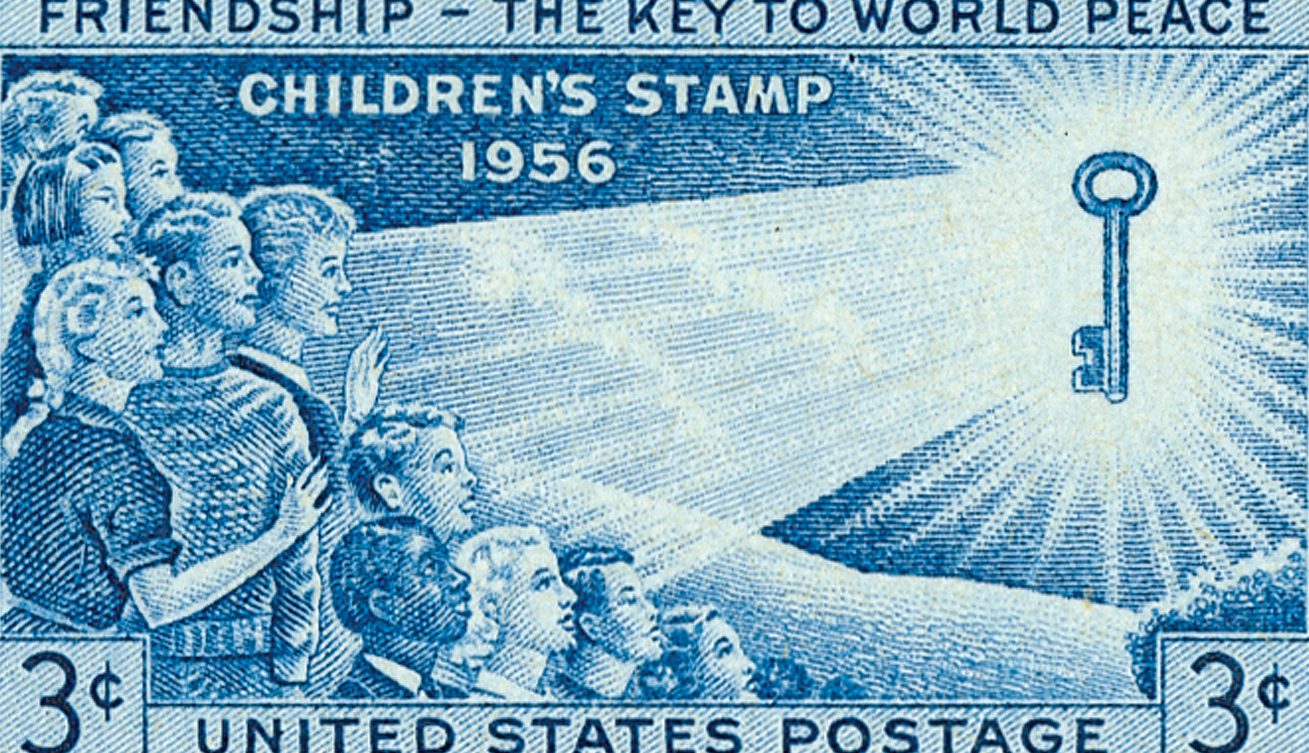First Printing of “A Visit from St. Nicholas”
“A Visit from St. Nicholas” was first printed anonymously on December 23, 1823. Eventually attributed to Clement Clarke Moore, the poem gave Americans the version of Santa we have today.

“A Visit from St. Nicholas” was first printed anonymously on December 23, 1823. Eventually attributed to Clement Clarke Moore, the poem gave Americans the version of Santa we have today.

On December 22, 1941, US and British leaders met at the White House for the first time to discuss military strategy for World War II. The Arcadia Conference, as it was known, established Allied goals for the war and laid the groundwork for the United Nations.

On December 21, 1968, Apollo 8 launched from Kennedy Space Center. It was the second manned spaceflight mission in the Apollo program, and the first to leave low Earth orbit, travel around the moon and safely return to Earth. It was also the first human spaceflight launched from Kennedy Space Center.

On December 20, 1860, South Carolina became the first state to secede from the Union. Within months they were followed by 10 other states, forming the Confederate States of America, sparking the Civil War.

On December 19, 1732, Benjamin Franklin published the first edition of his Poor Richard’s Almanack under the pseudonym Richard Saunders.

Today, December 18, 2022, marks the first night of Hanukkah. Hanukkah or the Jewish Festival of Lights, as it is sometimes called, begins on the 25th of the Hebrew month Kislev and lasts for eight days.

On December 17, 1903, brothers Wilbur and Orville Wright made the first successful heavier-than-air flight at Kitty Hawk, North Carolina.

On December 16, 1907, Theodore Roosevelt’s Great White Fleet departed the United States for a 434-day journey around the globe to demonstrate America’s sea power.

On December 15, 1956, the US Post Office issued its first stamp designed by a student. The stamp was the result of a nationwide contest encouraging children to get involved in stamp design.